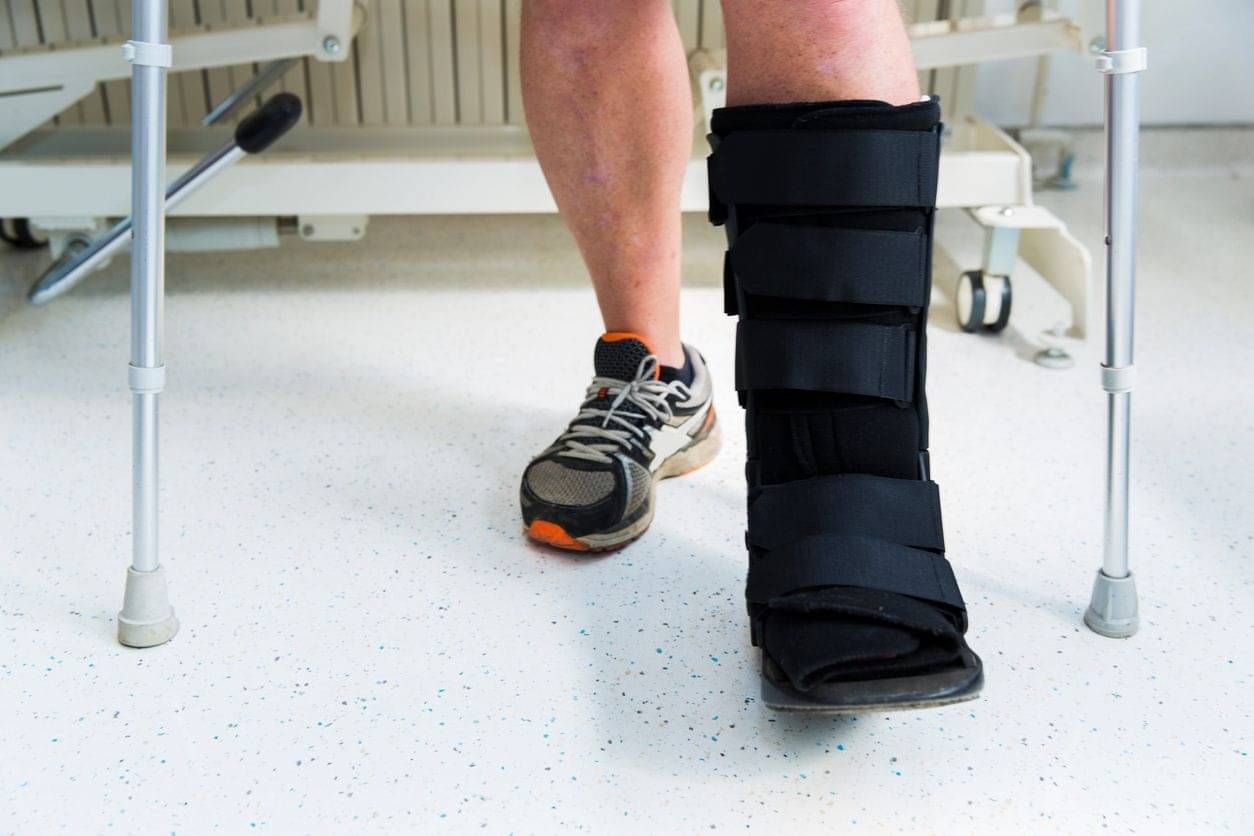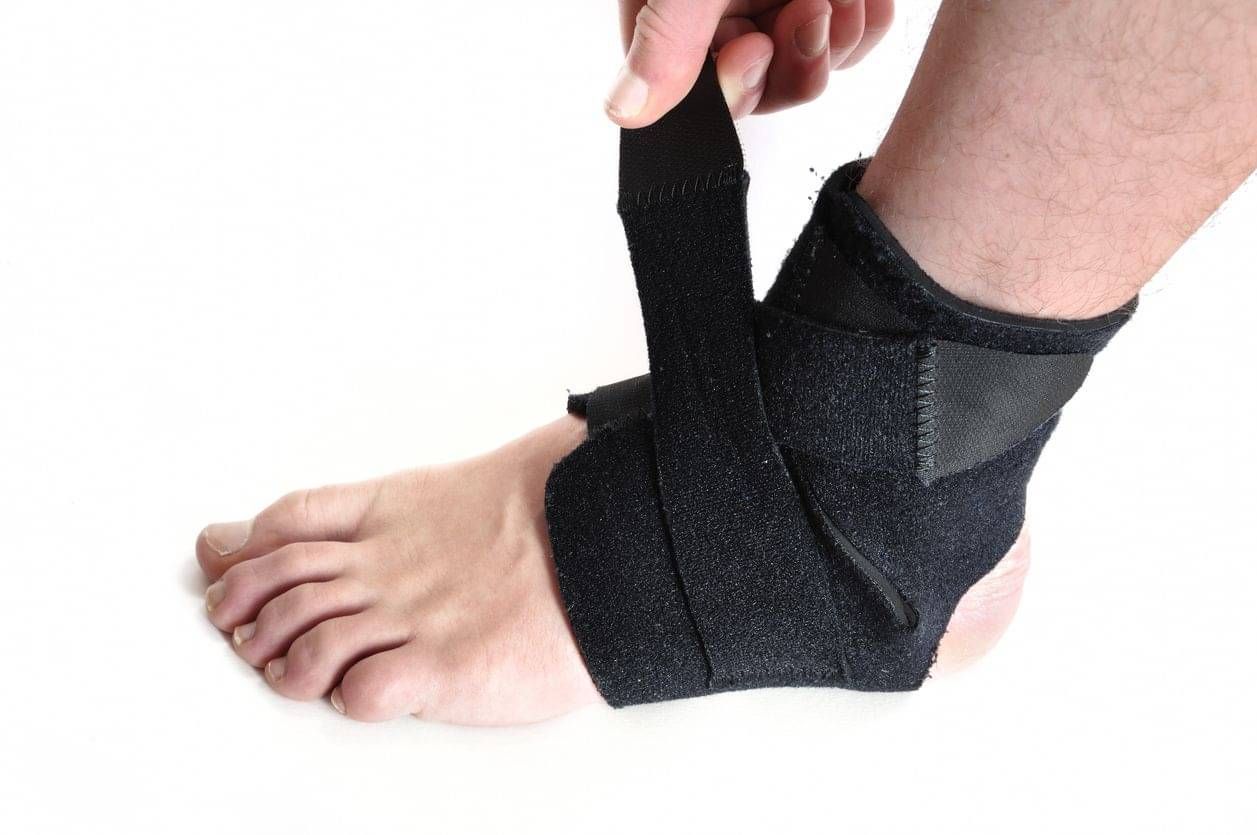Immobilisation
Specialised immobilisation boots offer support and stability, allowing the affected area to rest and heal effectively. By restricting movement, these boots aid in reducing strain, promoting recovery, and minimising discomfort.
What is Immobilisation, and When is it Recommended?
Immobilisation involves restricting movement in the affected area, commonly recommended for various foot and ankle conditions such as severe plantar fasciitis, Achilles tendinopathy, or fractures. This therapeutic approach aims to reduce stress on injured tissues, allowing them to heal by limiting excessive movement that may hinder the recovery process.
Immobilisation techniques include the use of casts, braces, or splints, which stabilise the affected area and prevent further injury or strain during the healing phase.


What are the Benefits and Considerations of Immobilisation?
Immobilisation aids in protecting the injured or inflamed tissues from further damage, providing a conducive environment for healing. By limiting movement, it helps alleviate pain, reduces inflammation, and supports the healing process.
However, prolonged immobilisation may lead to stiffness, muscle weakness, or joint contractures. Therefore, healthcare providers carefully assess the duration and type of immobilisation needed for each condition to balance the benefits of healing and the potential drawbacks of restricted movement.
Application and Duration of Immobilisation
The application of immobilisation techniques, such as casting or bracing, is done under the guidance of healthcare professionals. They ensure proper fit, alignment, and comfort while immobilising the affected area.
The duration of immobilisation varies depending on the specific condition, severity of injury, and individual healing responses. Follow-up evaluations with healthcare providers are crucial to monitor progress and determine the appropriate time for immobilisation to be discontinued or modified to facilitate rehabilitation and restore normal function.


